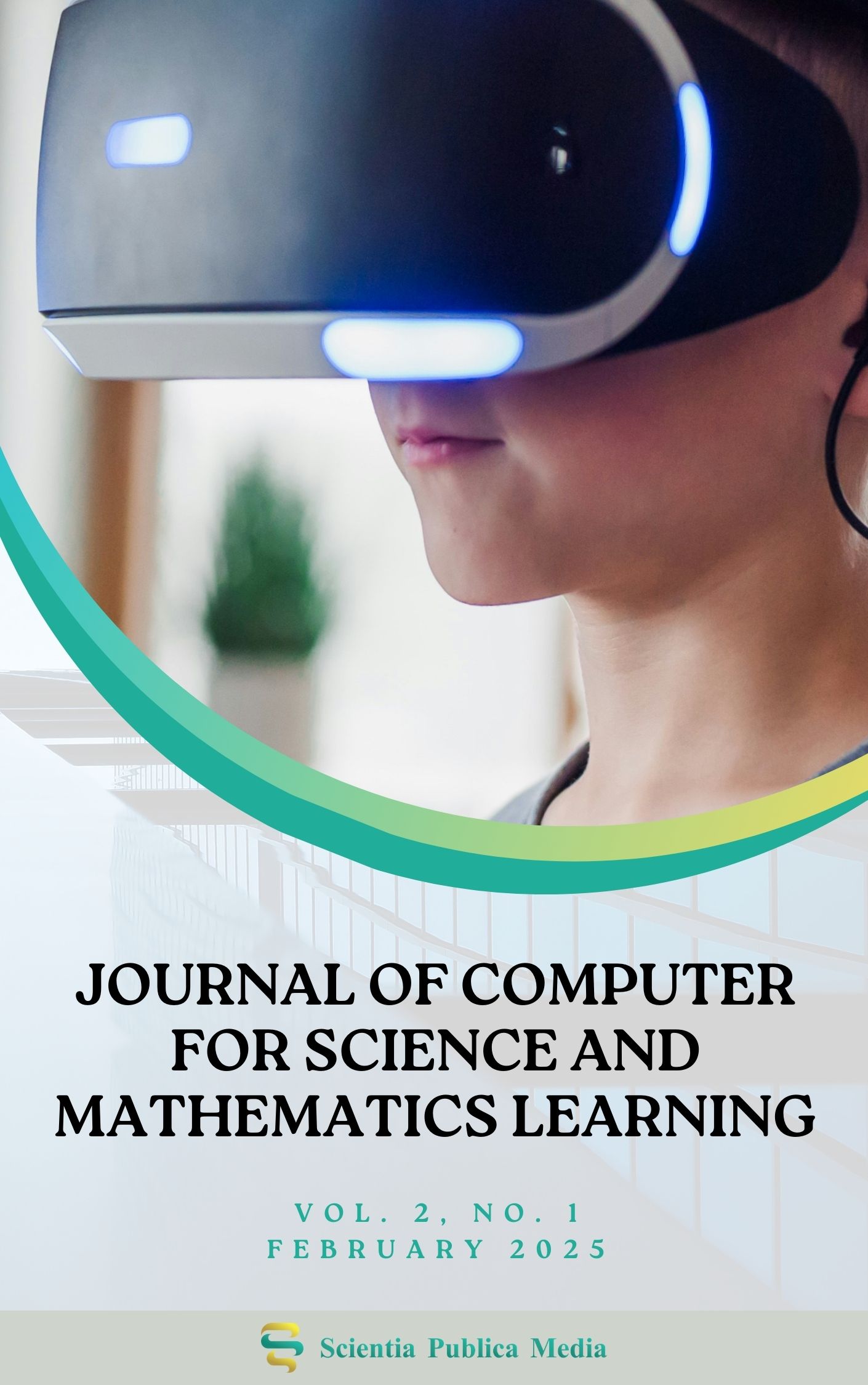The Use of Mobile Apps for Islamic Learning: A Study on Accessibility and Learning Outcomes
DOI:
https://doi.org/10.70232/jcsml.v2i1.12Keywords:
Accessibility, Islamic Education, Learning Outcomes, Mobile Apps, Technology IntegrationAbstract
The integration of mobile applications into Islamic education offers a transformative opportunity to enhance accessibility and foster improved learning outcomes. This study explores the role of mobile apps in Islamic learning, emphasizing their accessibility and impact on students’ educational achievements. Employing a mixed-methods research approach, data were collected through surveys and interviews with students and educators from various Islamic institutions. The collected data were analysed using statistical methods to evaluate the usability and effectiveness of mobile apps in facilitating educational processes. The findings reveal that a substantial majority of students perceive these applications as user-friendly, which directly correlates with notable improvements in learning outcomes, such as enhanced memorization of Qur’anic verses, deeper comprehension of Hadith, and better engagement with Islamic teachings. Additionally, mobile apps proved to be instrumental in bridging gaps in traditional education by providing flexible and accessible learning platforms. Despite these advantages, challenges were identified, including limited availability of high-quality content, insufficient digital literacy among some users, and the need for culturally and pedagogically appropriate app designs. This study underscores the significant potential of mobile apps as complementary tools in Islamic education while highlighting areas for improvement. It calls for collaborative efforts among app developers, educators, and policymakers to address these challenges and enhance the effectiveness of mobile apps in Islamic learning contexts. Recommendations include the development of tailored educational content, increased digital literacy initiatives, and continuous innovation to ensure mobile technology aligns with the values and goals of Islamic education.
Metrics
References
Abdullah, M., & Nasir, R. (2022). Accessibility of Islamic learning apps for diverse user needs. Journal of Educational Technology in Islamic Studies, 15(2), 45-60.
Ahmad, S., & Ismail, R. (2022). The role of educators in integrating mobile apps into Islamic learning: Challenges and opportunities. International Journal of Islamic Education, 14(1), 30-42.
Ahmad, Y., & Sulaiman, M. (2023). Over-reliance on mobile apps in Islamic education: An exploration of potential risks. Journal of Technology and Learning in Islamic Education, 10(3), 112-125.
Ali, N. (2019). Digital transformation in Islamic education: The role of mobile applications. Journal of Islamic Learning, 9(1), 34-52.
Aliyu, M., Rahman, A., & Ibrahim, M. (2023). The growing use of mobile apps in Islamic education in Northern Nigeria. Islamic Educational Review, 6(2), 112-125.
Alhassan, A., & Ahmad, M. (2022). Enhancing Qur’an memorization through mobile apps in Islamic schools. Journal of Qur’anic Studies and Digital Learning, 12(2), 45-58.
Al-Mutawa, H., Yusuf, A., & Hassan, F. (2023). The effectiveness of Qur’an memorization apps: A comparative study. International Journal of Islamic Education and Technology, 18(4), 98-115.
Braun, V., & Clarke, V. (2020). Thematic analysis: A reflexive approach. Qualitative Research in Psychology, 17(4), 17-37.
Bryman, A. (2022). Social Research Methods (6th ed.). Oxford University Press.
Cohen, L., Manion, L., & Morrison, K. (2018). Research methods in education (8th ed.). Routledge.
Creswell, J. W., & Creswell, J. D. (2022). Research design: Qualitative, quantitative, and mixed methods approaches (5th ed.). SAGE Publications.
Field, A. (2022). Discovering statistics using IBM SPSS statistics (6th ed.). SAGE Publications.
Hamzah, I., & Idris, Z. (2021). Mobile apps for Islamic education: Enhancing accessibility and learning. International Journal of Islamic Studies, 20(1), 67-85.
Johnson, R. B., Onwuegbuzie, A. J., & Turner, L. A. (2021). Mixed-methods research: A research paradigm whose time has come. Educational Researcher, 31(7), 14-26.
Khan, A., & Ahmad, N. (2021). Interactive learning through mobile apps in Islamic education: An empirical study. Journal of Educational Research and Development in Islamic Studies, 11(3), 79-95.
Khan, T., & Saeed, R. (2022). Evaluating the impact of mobile apps on learning outcomes in Islamic education. Journal of Educational Technology in Islam, 9(2), 56-72.
Kvale, S. (2020). Doing interviews (2nd ed.). SAGE Publications.
Mohamad, N., Idris, H., & Fatimah, Z. (2023). The development of digital tools for Islamic learning: A review of emerging trends. Journal of Islamic and Digital Education, 15(4), 102-118.
Naseer, M. (2024). Perceptions of educators towards mobile app usage in Islamic studies. Islamic Education Review, 8(2), 125-138.
Rahman, H., & Ali, N. (2023). Accessibility of mobile apps in Islamic learning: User interface and language support. Journal of Educational Technology and Islamic Learning, 17(3), 98-110.
Rashid, M., & Asghar, R. (2022). Mobile apps and technology acceptance in Islamic education. Islamic Technology and Learning Journal, 19(4), 88-100.
Siddiqui, A. (2022). Mobile apps and ICT in Islamic education: Transforming traditional learning. Journal of ICT in Islamic Education, 7(2), 45-60.
Tashakkori, A., & Teddlie, C. (2019). Mixed-methods in social and behavioral research (3rd ed.). SAGE Publications.
Zulkifli, S., & Hassan, A. (2023). Blockchain for verifying Islamic educational content: A new approach to app development. Journal of Islamic Education and Technology, 12(1), 67-83.
Downloads
Published
Issue
Section
License
Copyright (c) 2025 Ibrahim Umar, Siddik Faruk Tilli

This work is licensed under a Creative Commons Attribution-NonCommercial 4.0 International License.


